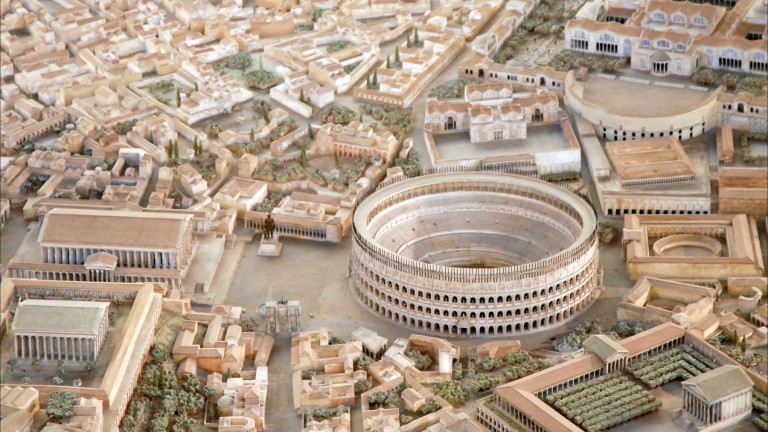The Roman Empire is considered one of the most advanced civilizations in human history. From law, administration and military affairs to aqueducts and urban planning, the influence of the Roman Empire on the development of European and world historical processes is enormous.
Although many Roman developments and innovations have not stood the test of time, some of them are still part of our daily lives.
We talk about 7 ancient Roman inventions that still have a place in people’s lives today.
–
–
Rimskithey figures
The first use of these symbols in ancient Rome appeared between 900 and 800 BC.
The figures are the result of the need for a single counting method needed for communication, public affairs and trade. Finger counting gets out of hand when it reaches 10.
Roman numerals are not without flaws. For example, there is no zero symbol and no way to calculate fractions. This has prevented the creation of a comprehensive, complex mathematical system and made trade more difficult. Therefore, over time, they gave way to the use of Arabic numerals.
However, in the modern world, Roman numerals find a lot of space for frequent use. For example, the designation of centuries in history, the serial numbers of monarchs, the valence of chemical elements. And that’s not the whole list.
Roman numerals are used in astronomy to represent the moons, and in chemistry for groups in the periodic table. They can be seen in the content and structure of manuscripts and printed publications and in many other places.
Although the Romans cannot be credited with creating the modern system of paper dailies, they invented the very form of newscasts and reports. They often wrote news about current events on stones, papyrus or metal plates placed in public places.
This publication is called Acta Diurna or “daily acts” and dates back to 131 BC.
This Roman invention served the same purpose as modern newspapers, providing Roman citizens with information about military victories, births and deaths, and even personal stories. Unfortunately, not a single copy has survived to this day.
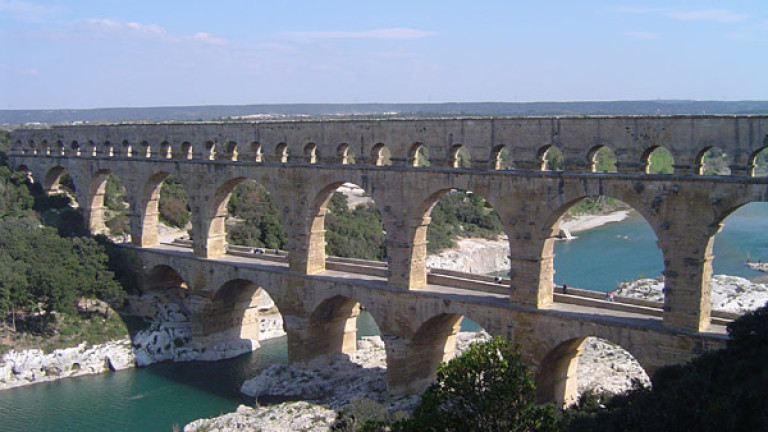
Source: Wikipedia
–
–
–
Modern construction and water supply and sewerage management
The Romans were well acquainted with civil engineering. But their talent was not limited to building large structures such as the Colosseum or laying roads. Although they may look less impressive visually, their engineering prowess is highlighted by sewage and sanitary plumbing systems.
The drainage pipes were interconnected and regularly flushed with water flowing from river streams. The Romans also had internal drainage systems and public toilets that protected the streets from human waste.
The first surgical instruments
The Romans were not only masters of spears and daggers, they also developed precise medical instruments that influenced many of today’s surgical instruments.
Of course, the main such tools were discovered in ancient Egypt. But it was the Romans who developed the prototypes for most modern instruments.
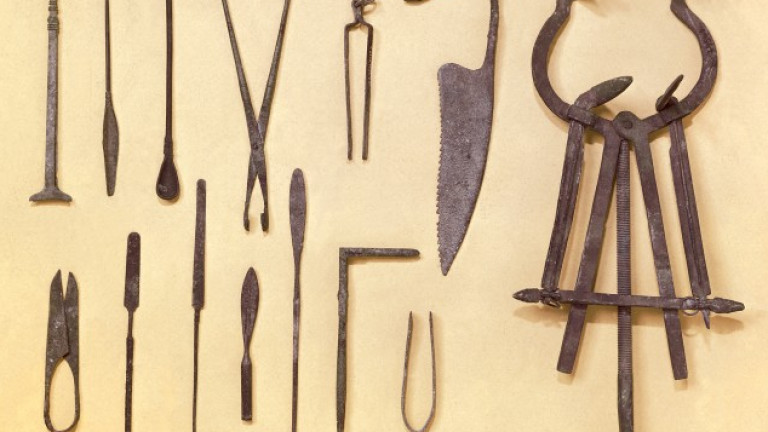
Source: Wikipedia
–
–
–
The Romans also used tools such as forceps, syringes, scalpels and bone saws made by specialized manufacturers, which are quite similar to their 21st century counterparts.
In addition to using these tools in hospitals or medical centers, military leaders were intrigued by how the tools could be used on the battlefield. In some Roman legions, a qualified physician was used to stop bleeding, remove arrows, suture wounds, and apply professional dressings and medications.
Codeite: The first bound book
In Roman times, written materials were usually either carved on clay tablets or written on scrolls. These texts were difficult to transport, fragile in nature and difficult to preserve.
Instead of a scroll, Julius Caesar ordered the first bound book, a collection of papyri, to create a codex. This provided a safer and more convenient way to store information. The code could contain many volumes, had a cover for protection, and the pages could be numbered for reference, allowing the use of content and indexes.
This Roman invention was widely used by early Christians for the production of biblical codices, and then, along with Christianity, spread to other areas.
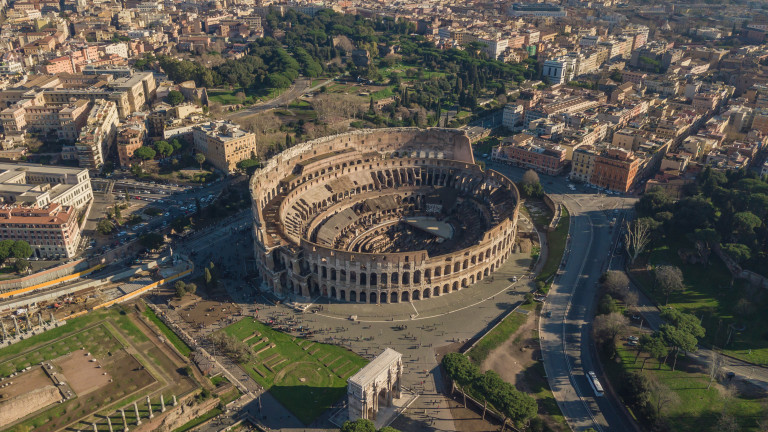
–
–
Urban planning
Network urban planning – also called centurization – is one of the formats that the ancient Romans adopted to divide and measure their lands. The network schemes with which the Romans then organized the terrain in the conquered territories now organize the big cities and the functioning roads and streets.
The Romans were highly skilled at turning barren lands into built-up cities, many of which were rebuilt and expanded in the Roman Empire. The design of the network today may seem simple, but before the Romans created massive road networks, buildings and other urban features often simply followed the shape and geology of the earth.
The idea of large settlements – cities, was also introduced by the Romans in many countries. Their intersecting street layout creates central squares, shopping and social activities. These structure and methods inspired the next urban development projects.
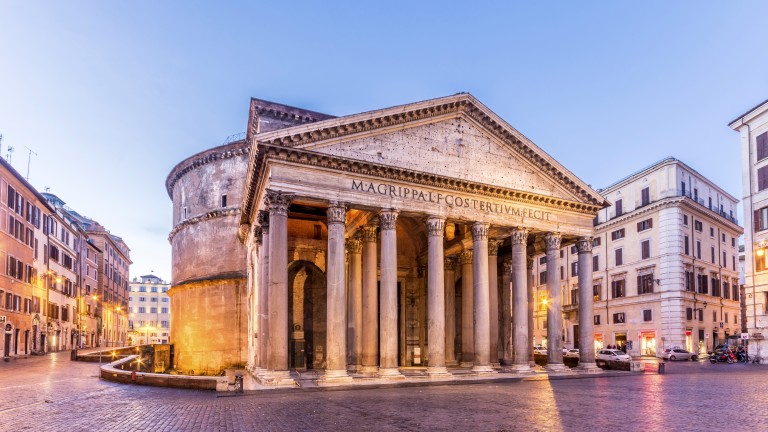
–
–
Concretethe
More than a thousand years after the collapse of the Western Roman Empire, its concrete structures still stand.
Scientists have discovered the reason for this: a special ingredient that makes cement stronger over time, not weaker.
The recipe, described by Roman engineer Mark Vitruvius in 30 BC, involved preparing a mixture of volcanic ash, lime and seawater mixed with volcanic rocks and placed in wooden molds, which were then immersed in seawater. .
It turns out that seawater has dissolved the components of volcanic ash, allowing the creation of new bonding materials. Within ten years, a very rare hydrothermal mineral called aluminum tobermorite forms in the concrete. It is what gives such strength to concrete and preserves it for centuries.
In fact, the technology of ancient Roman concrete has survived to this day. Just together with a mixture of lime with volcanic products used a special binder – Portland cement.
–
